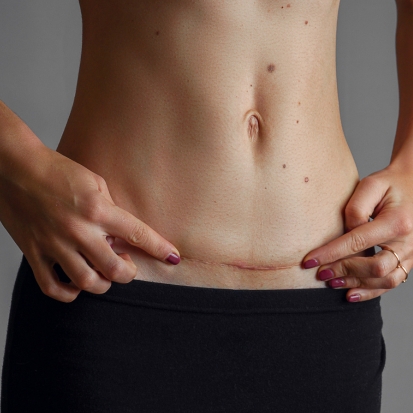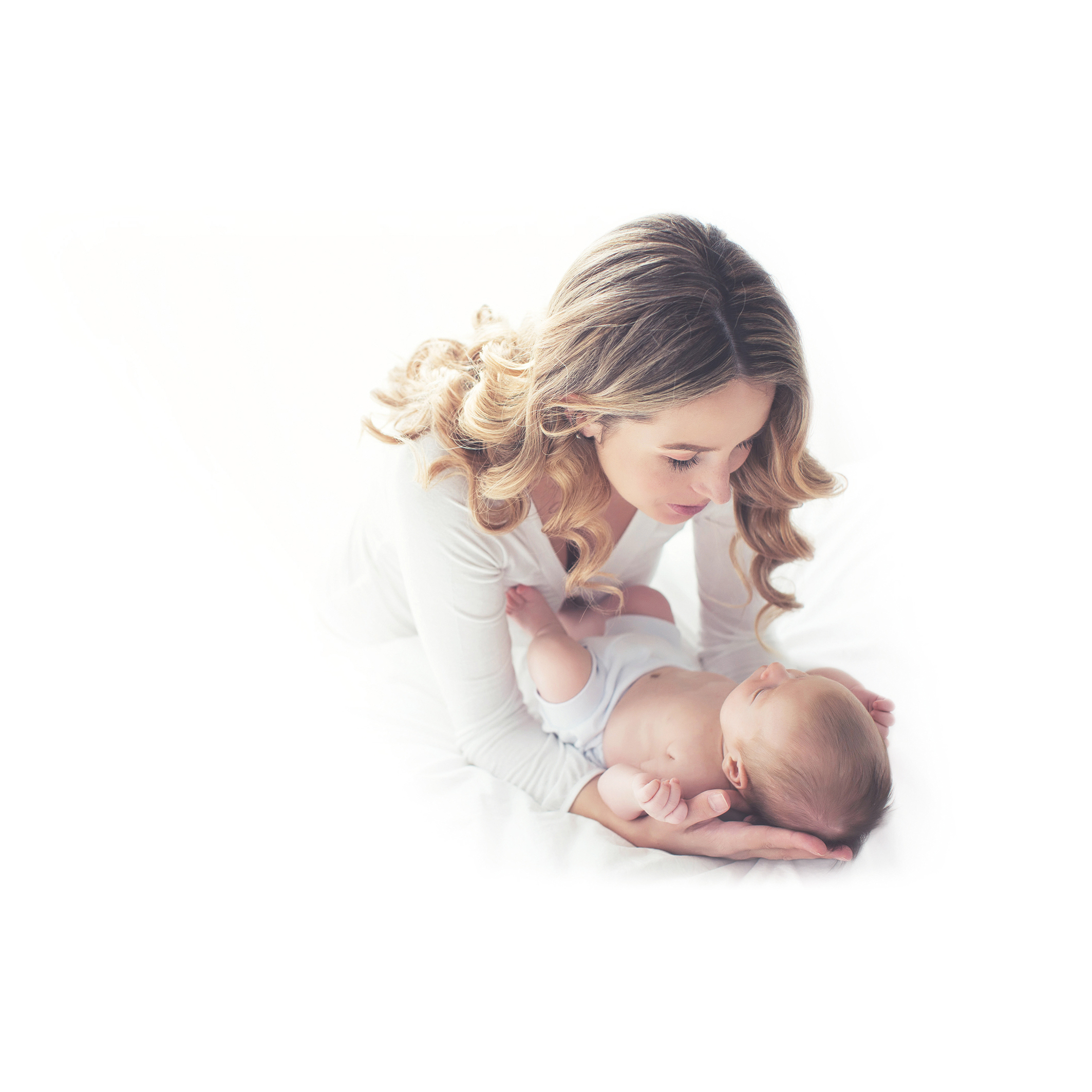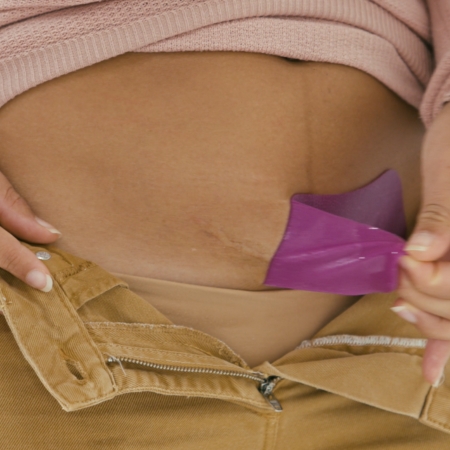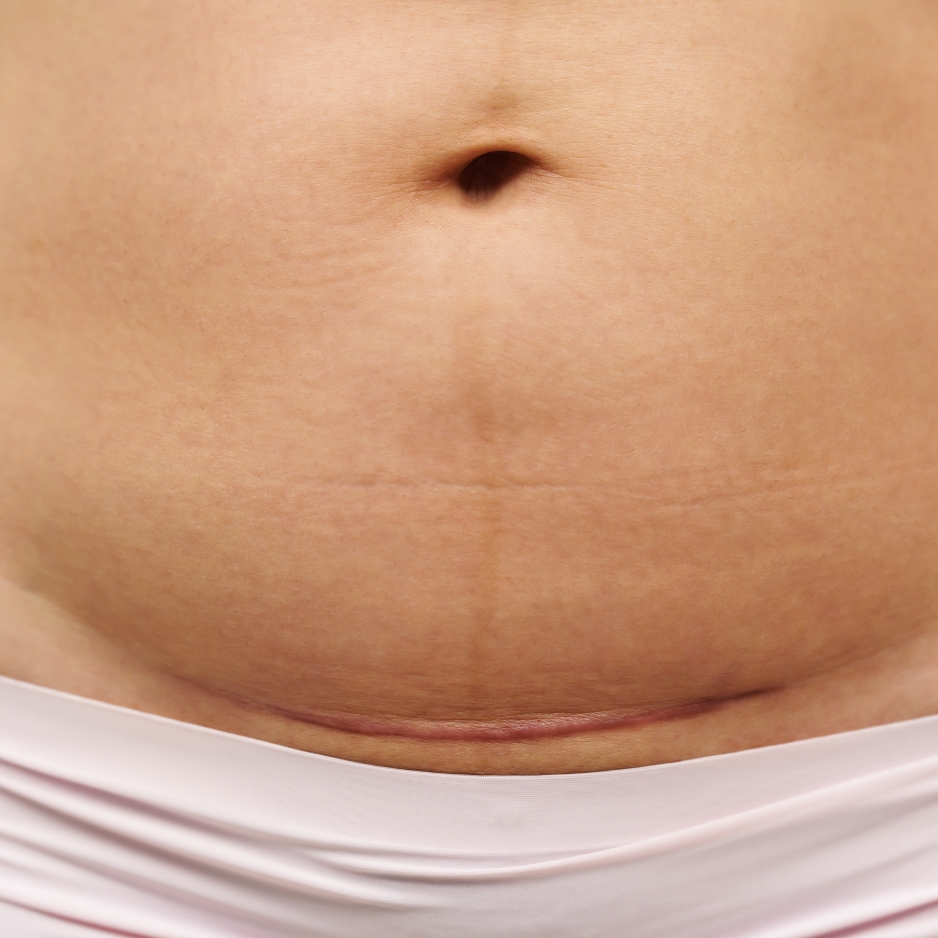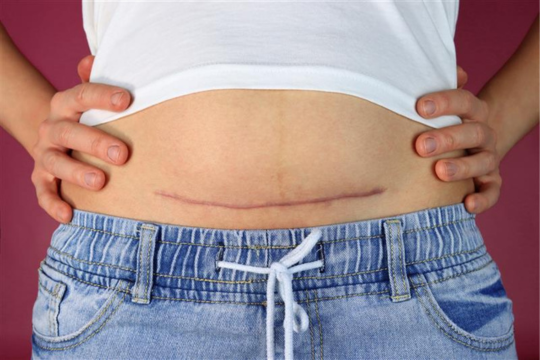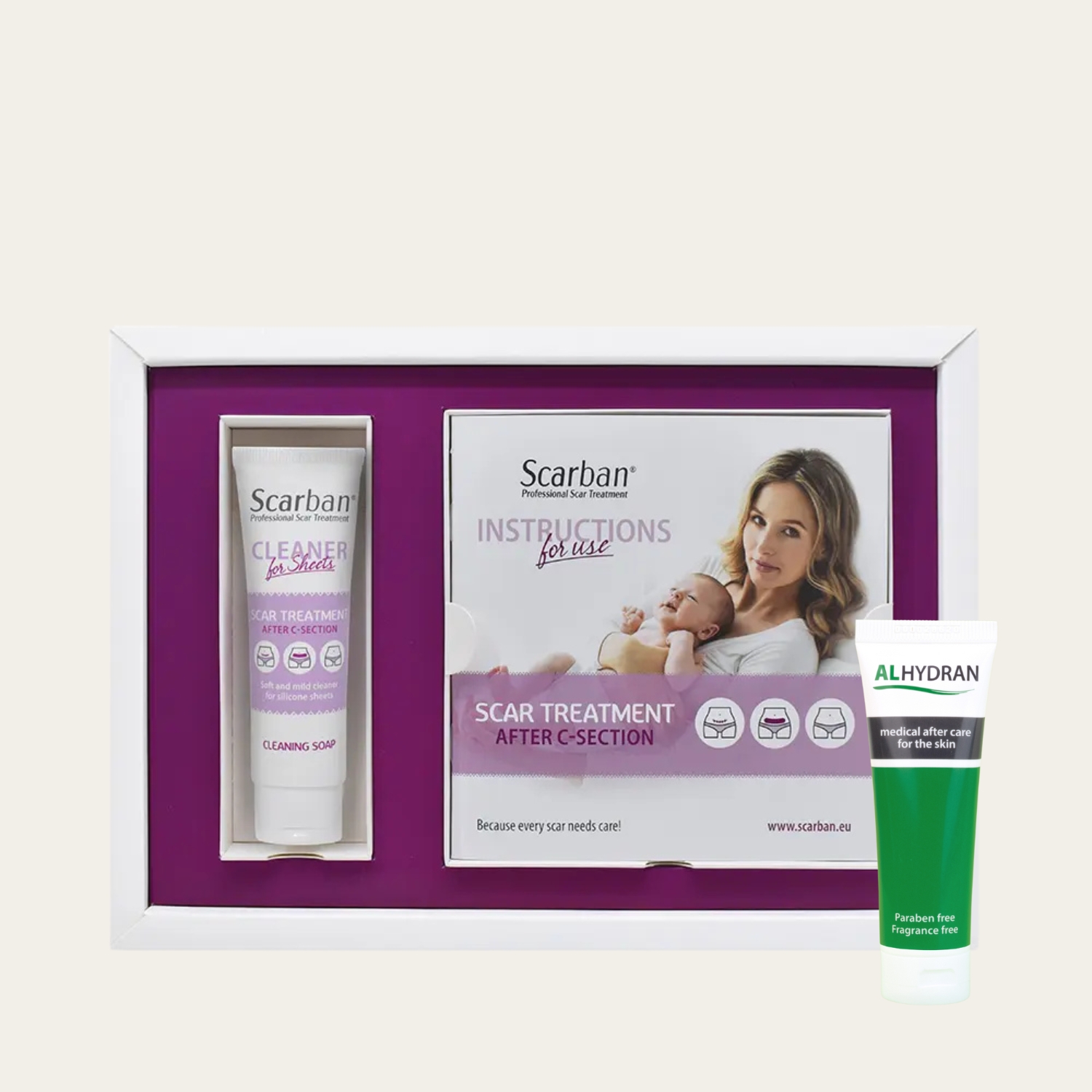Why does my C-section scar itch? Causes and relief tips
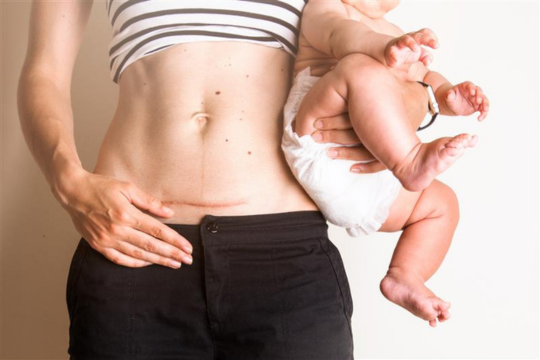
An itchy C-section scar is a common experience for many women. Whether it happens weeks, months, or even years after surgery, that persistent itch can be frustrating. In most cases, it’s a normal part of healing, but if it lingers, it can become uncomfortable or even concerning. In this blog, we’ll explore why C-section scars itch and what you can do to find relief.
Common reasons your C-section scar is itchy
Several factors can cause C-section scars to itch. Let’s take a closer look at the most common causes.
Normal healing process
A little itching is actually a good sign. It means your scar is healing. As the skin repairs itself, new nerve endings form, causing mild itchiness. This is often a sign of regeneration and nothing to worry about.
Scar tissue also holds less moisture than healthy skin, which can make it feel dry and itchy, especially as it heals.
Scar tissue changes over time
Even years later, an old C-section scar might become red and itchy. This could be due to changes in collagen structure, increased sensitivity, or irritation.
Research suggests that some scars don’t fully stabilise immediately after healing. According to Mustoe et al. (2002):
"Hypertrophic and keloid scars can continue to develop for years after surgery, sometimes leading to increased itching and tightness."
This ongoing development means that even well-healed scars may change over time, affecting both appearance and sensation.
Further reading:
Blog 1: Hypertrophic scars
Blog 2 About Keloid scars
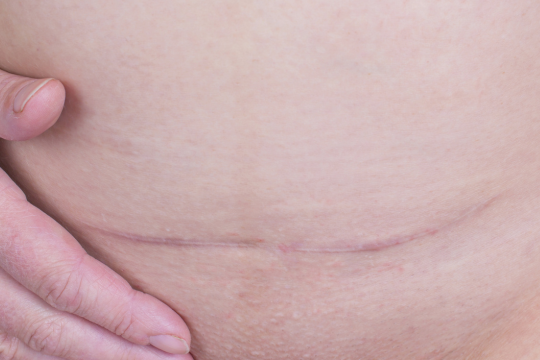

Scar tissue changes over time
Even years later, an old C-section scar might become red and itchy. This could be due to changes in collagen structure, increased sensitivity, or irritation.
Research suggests that some scars don’t fully stabilise immediately after healing. According to Mustoe et al. (2002):
"Hypertrophic and keloid scars can continue to develop for years after surgery, sometimes leading to increased itching and tightness."
This ongoing development means that even well-healed scars may change over time, affecting both appearance and sensation.
Further reading:
Blog 1: Hypertrophic scars
Blog 2 About Keloid scars


Nerve healing and itching
A C-section involves cutting through multiple layers of skin and muscle, meaning small nerves are disrupted in the process. As these nerves heal, you may feel:
- Tingling
- Numbness
-
Itching
The good news? It usually fades over time.
How dryness can make your scar itch
Scar tissue loses moisture faster than normal skin, making it feel tight, dry, and itchy—especially in colder months. If you notice increased itchiness in dry weather, keeping your skin hydrated is essential.
Using a hydrating cream like Alhydran along with scarban c section silicone sheet can help restore moisture, improve skin elasticity, and reduce itchiness. For more information, read our blog: The benefits of Alhydran and Scarban for C-section recovery and scar care.
Irritation from clothing or friction
Your C-section scar is located on the lower abdomen, an area that often experiences friction from clothing or movement. Tight waistbands and synthetic fabrics can make an itchy caesarean scar worse.
-
Wear breathable fabrics – opt for gentle, skin-friendly materials like silk.
-
Try therapeutic underwear – DermaSilk Ladies Black Comfort Briefs are made from 100% pure silk fibroin, helping to reduce irritation while keeping skin cool and comfortable.
-
Silicone scar therapy sheets can serve as a protective barrier, reducing friction and keeping the scar hydrated.
Could your scar be inflamed or infected?
If your scar is red, painful, or itchy for a long time, it could be a sign of a problem, which, if left untreated, can worsen over time. Seeking medical advice can help prevent further complications and ensure proper healing.
Why C-section scars continue to itch over time?
Some mums experience C-section scar itchiness even 1–2 years or more after surgery. Common reasons include:
- Hormonal changes (e.g. pregnancy, menopause).
- Scar thickening (hypertrophic scars or keloids).
- Nerve sensitivity increasing over time.
- Clothing irritation from tight fabrics.
A key reason for long-term itching is nerve regeneration and collagen remodelling. This process can make your scar feel sensitive, tight, or itchy for months or even years.
"Scars can continue to itch for years as nerves slowly regenerate and collagen reshapes the skin." (Textbook on Scar Management, 2021).
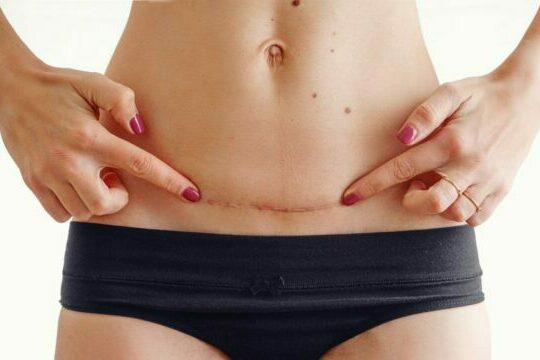

Ways to soothe an itchy C-section scar
If your C-section scar is itchy but not infected, these simple tips can provide relief fund relief.
Tip! To better understand how to care for your scar and prevent long-term irritation, you may find the ScarGuide helpful. It provides expert-backed information on scar healing, treatment options, and practical tips for daily care.
Hydrate your skin
Applying a silicone-based scar treatment can help lock in moisture and reduce itching. Scarban silicone sheets significantly improves elasticity of the scar and reduces complaints such as itching and pain.
Use a gentle moisturiser
Keeping your C-section scar hydrated is essential for comfort and healing. Use a fragrance-free, hypoallergenic moisturiser, such as ALHYDRAN, to help prevent dryness and irritation, which can make itching worse. Moisturisers support the skin’s natural barrier, reducing tightness and discomfort as your scar heals.
Give your scar some TLC with a gentle massage
Gently massaging your scar can improve circulation and help break down tight collagen fibres. This technique is known to ease discomfort, promote flexibility, and reduce persistent itching.
Apply a cold compress
A cool, damp cloth can help numb the itchy sensation and reduce inflammation around the scar. Cold therapy provides symptomatic relief, calming irritation and discomfort.
Consider antihistamines or soothing creams
If your scar is extremely itchy, an antihistamine cream or a menthol-based lotion may help provide relief. However, these should only be used for short-term relief and not as a long-term solution.
However, as experts advise, topical antihistamines and cooling creams like menthol may be used for short-term relief but should not replace standard scar management.
Wear breathable fabrics
Soft, breathable fabrics can help prevent irritation and itching around your C-section scar. Loose cotton clothing is a good choice, but for extra comfort, DermaSilk Ladies Black Comfort Briefs provide gentle protection.
Made from 100% pure silk fibroin, DermaSilk briefs are designed for sensitive skin, reducing friction, moisture build-up, and irritation.
Stop the scratch cycle
Although tempting, scratching can damage the scar and lead to further irritation. Instead, try gently tapping or massaging the area to soothe the itch without harming the healing tissue.
When to see a healthcare professional
See a doctor if your C-section scar is:
- Extremely itchy and has an unpleasant smell
- Red, swollen, or painful for weeks
- Oozing pus or fluid
- Thick, raised, and continues to itch for years
Final thoughts
An itchy C-section scar is usually a normal part of healing, but it can also be due to dryness, nerve regeneration, or scar inflammation. Keeping your scar hydrated, using silicone therapy, avoiding friction, and using gentle skincare can help reduce itching.
If your scar continues to itch after years, or if it becomes red, swollen, or painful, speak with a healthcare professional.
References
-
Burns, P. (2017). Moisturisers in scar management following burn: A survey report. Burns Journal, 43(5), 965–972.
-
Mustoe, T. A., et al. (2002). International clinical recommendations on scar management. Journal of Plastic, Reconstructive & Aesthetic Surgery, 110(2), 560–571.
-
Niessen, F. B., et al. (2016). Topical silicone sheet application in the treatment of hypertrophic scars and keloids. Journal of Clinical and Aesthetic Dermatology, 9(10), 28–35.
-
Scarban® C-Section (2022). Scarban® C-Section IFU: Instructions for use. BAP Medical.
-
Scarban® C-Section (2022). Scarban® C-Section PFEN: Product information leaflet. BAP Medical.
-
Textbook on Scar Management (2021). State of the Art Management and Emerging Technologies. Springer Nature Switzerland.
-
Wang, F., et al. (2020). Efficacy of topical silicone gel in scar management: A systematic review and meta-analysis of randomized controlled trials. International Wound Journal, 1–9.
About the Author

Categories



